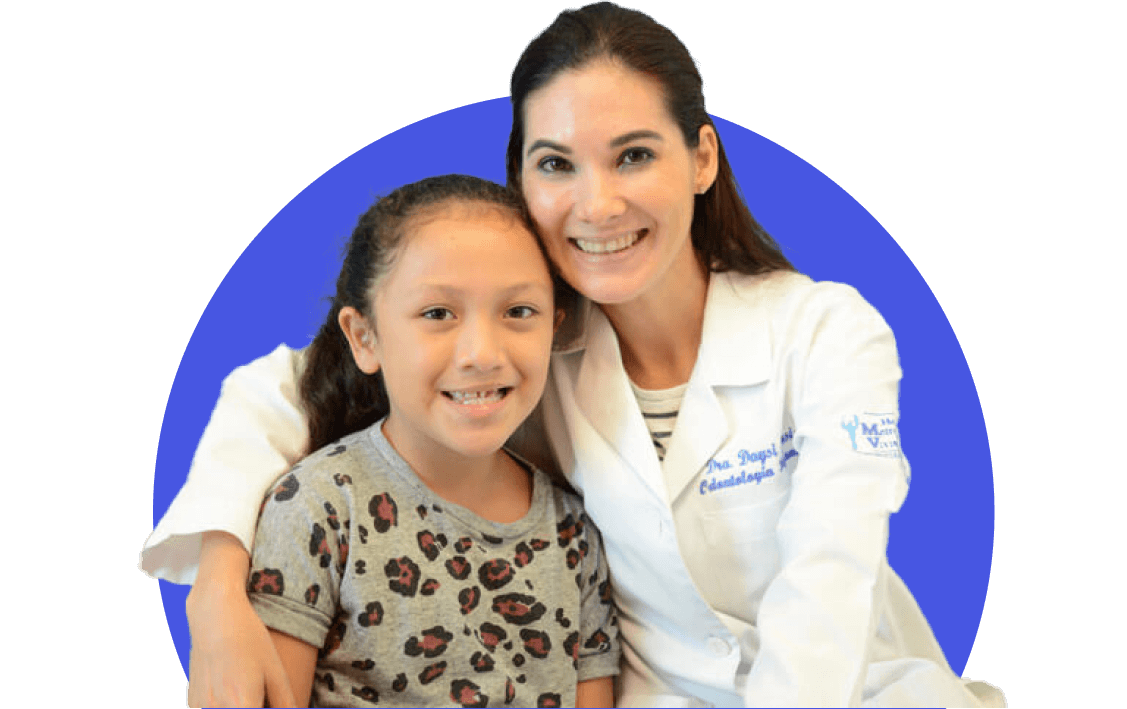- Cleft Home
- What is Cleft Lip and/or Palate?
- Prenatal Diagnosis
- Feeding Your Baby
- What is a Cleft Team?
- Surgery
- Hearing, Speech, and Dental Care
- Paying for Treatment
- Managing Feelings
- Craniofacial Conditions
- Toddlers and Preschoolers
- The School-Aged Years
- The Teenage Years
- Letter to a Teacher
- Information for Adults
- Support Organizations
- Learn More: Downloads
- Cleft Home
- What is Cleft Lip and/or Palate?
- Prenatal Diagnosis
- Feeding Your Baby
- What is a Cleft Team?
- Surgery
- Hearing, Speech, and Dental Care
- Paying for Treatment
- Managing Feelings
- Craniofacial Conditions
- Toddlers and Preschoolers
- The School-Aged Years
- The Teenage Years
- Letter to a Teacher
- Information for Adults
- Support Organizations
- Learn More: Downloads
Recent research suggests that more than 96% of children born with cleft palate have problems with fluid in the ear.
What issues can arise with the ears and with hearing?
It is common for children born with a cleft palate to have problems with fluid and infections in the ear.
When the palate functions properly, its muscles open the Eustachian tubes, the small tubes that connect the back of the nose to the middle ear. When the Eustachian tubes open properly, air is able to enter the space of the middle ear, keeping the ear healthy.
When a baby is born with a cleft palate, the muscles of Eustachian tubes may not be able to open as they should, causing a buildup of fluid in the middle ear. This fluid can become infected.
A buildup of fluid that becomes infected is called an ear infection, or acute otitis media. A buildup of fluid that is not infected is called otitis media with effusion.
Why is fluid considered a problem?
The buildup of any fluid in the middle ear, whether infected or not, can cause temporary hearing loss for a child. And unfortunately, even mild hearing loss can affect a child’s speech and language. It’s also common for a child to experience balance issues when there is fluid buildup in the ear.
Because ear problems occur often for children born with a cleft palate, the ACPA recommends that these children see their primary care doctor or the otolaryngologist (ENT) on the cleft team for an ear exam within the first few weeks of life.
What are the types of hearing loss?
Hearing loss caused by fluid and infection in the middle ear is known as conductive hearing loss, which is temporary and usually correctable (as mentioned above). About 15% of children and adults born with cleft palate have sensorineural hearing loss, a permanent problem in the inner ear. Sensorineural hearing loss is often detected at birth during a routine hearing test in the hospital called a newborn screening.
What is the treatment for hearing loss?
If a child has fluid in the middle ear, it will need to be monitored closely to see if it self-resolves or persists. If the fluid persists for several months or if the infant experiences repeated ear infections requiring antibiotics, the doctor may recommend a minor surgical procedure called a myringotomy.
During a myringotomy, a surgeon makes a small slit in the eardrum to drain the fluid, then inserts a tiny plastic or metal tube called a pressure-equalization tube (also called a PE tube). PE tubes allow air to enter the middle ear and prevent fluid from building up.
A myringotomy is often performed when a child is under anesthesia for another operation, such as lip and/or palate surgery (as coordinated by members of the cleft team). As a child grows, PE tubes often times fall out on their own, usually between 6 months and 3 years after insertion. Once the tubes fall out, the site usually heals well. In some cases, PE tubes may have to be surgically removed.
Why are ear exams important?
It is important for a child born with a cleft palate to have frequent ear exams with a primary care doctor or with the ENT on the cleft team. Fluid in the middle ear can be hard to detect at home because it does not always result in clear symptoms like earaches or fevers. Fluid in the middle ear can cause adverse health effects for a child, including hearing loss, as mentioned above.
Your child’s cleft team should monitor your child for hearing loss and chronic otitis media with effusion. In most cases, frequent check-ups and timely treatment (like the PE tubes described above) can readily solve problems with the ears and with hearing.
Read the ACPA Help with Hearing booklet



